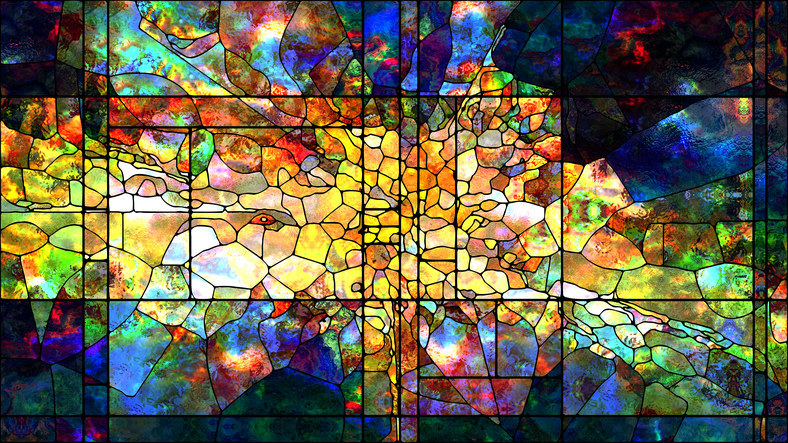
Our retinas contain three color-sensitive cones, each containing photopigments with different sensitivities to light of different wavelengths — simply speaking, we can refer to these photopigments as red, green, and blue. When you see the color orange, you know it's orange because your eyes and brain process those wavelengths of light and recognize that color. But for people with color deficiencies, distinguishing colors like orange isn't so easy.
It can be hard to fathom that people literally see the world differently than you, but for roughly 8% of males in the US living with a red-green color deficiency, that's life. (Because the X chromosome is where color-blindness is inherited, color-blindness is more common in men than women since the extra X chromosome in women is more likely to make up for the genetic defect and thus avoid a color deficiency.) To put that 8% into perspective, that's roughly 12.2 million men who have difficulty processing the colors red and green — that's about 1 million people more than the entire population of Cuba.
What this means is that certain cones in their eyes have limited or no functionality. As the name implies, in the case of red-green deficiency, red and green cones are affected. This causes reds to appear brownish-yellow and greens to appear beige. A red-and-green deficiency, also known as deuteranopia, is one of nine distinct types of color-blindness, and it's the most common. Take a look at the picture below to see just how different the world can look for someone with a deuteranopia.
You can see how drastically colors like pink, red, orange, yellow, and green are affected by the malfunction of red and green cones. But for those with this form of color-blindness — including the three men you're about to meet — this is completely normal.
Samsung recently created an app for their QLED TVs appropriately titled SeeColor. The app adjusts the TV settings so that the colors someone with a color deficiency is usually unable to see show up — bright, vivid, and beautiful. We wanted to test just how well the TV works, so we took three men with red-green deficiencies to experience the TV firsthand. Almost everyone was skeptical going into it. How could simply adjusting a few settings allow them to see colors they haven't yet seen in their lifetime? But, eager to test the TV's capabilities, they each sat down, calibrated the settings, and got ready to discover if seeing really was believing.
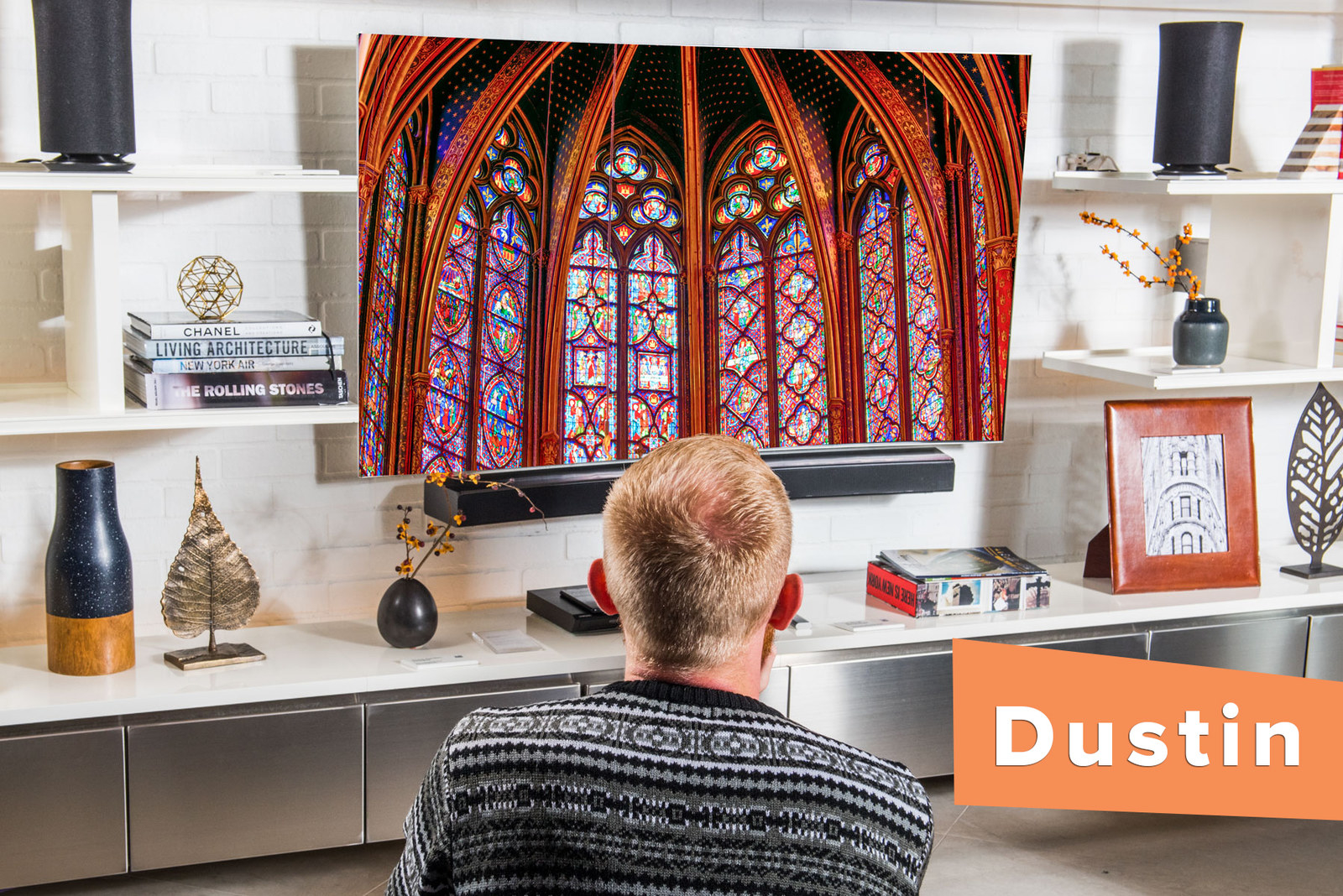
For Dustin, picking out clothes is a bit of a guessing game, so to play it safe, he tends to dress in monochrome. "One year for Christmas, my mom bought me a shirt, and it had orange stripes on it, and I had the same exact shirt," he said. "So I was like, 'Mom, I already have this shirt.' She said, 'No you don’t — the one you have has green stripes.' So they would hang beside each other in my closet, and I would pick one, but I had no idea if it was the green or the orange one. I would just go with it." A couple of weeks ago, Dustin mistook a gray dress for pink. He had never tried any color-correcting glasses or other devices to enhance the colors he saw, so he was very eager to try out the TV.
"On this TV, it’s very noticeable. The oranges. They pop a lot more than usual."
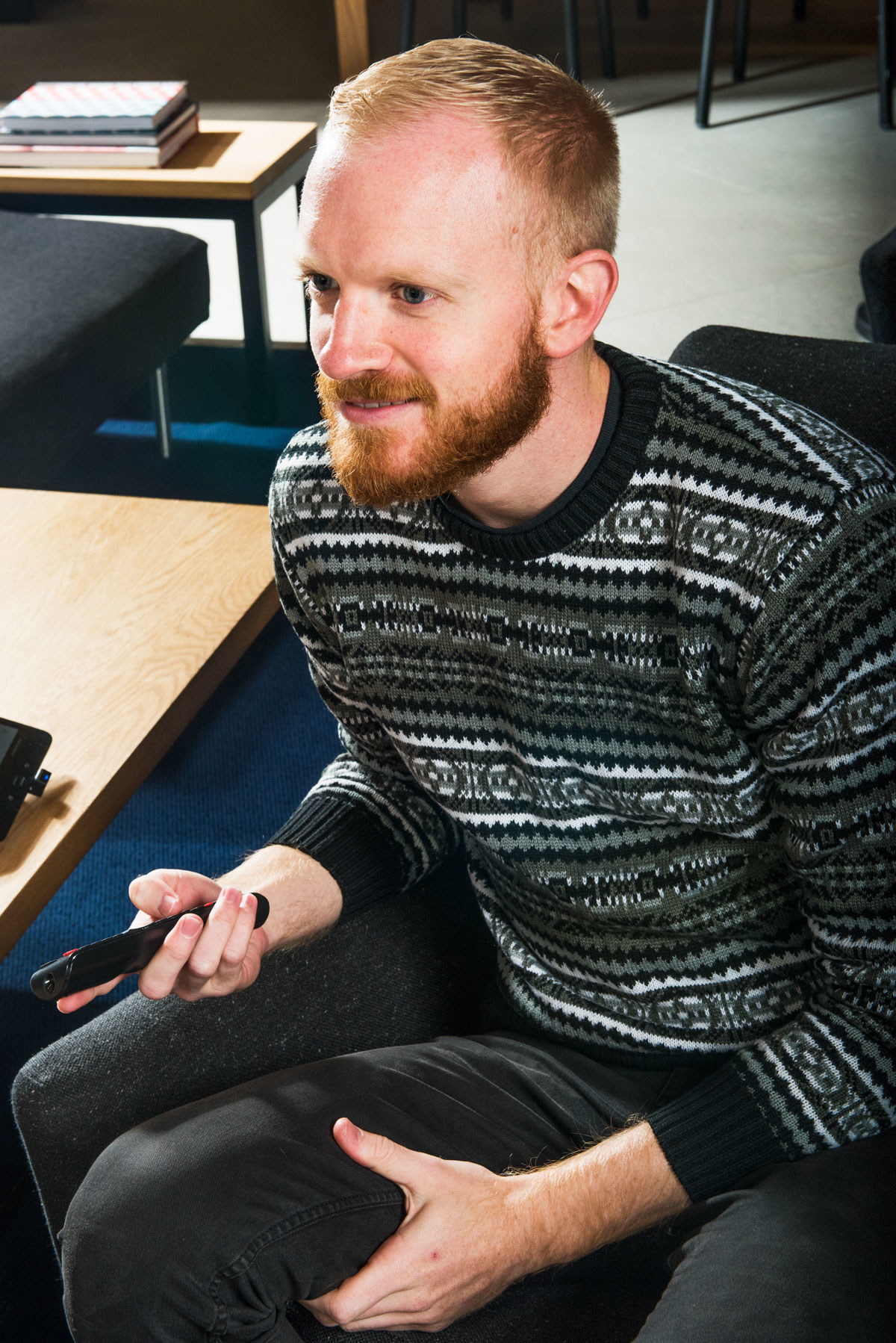
Dustin was astonished by how clear and vibrant the colors on the TV were. He described it as being "very pure" and kept pointing out how distinguishable the reds, greens, and oranges were. He was able to see different colors in the bricks onscreen and various shades of red in the windowpanes. "On this TV, it’s very noticeable, the oranges. They pop a lot more than usual. I guess I’m not picking up a lot of the red in orange usually," he said. "The colors were definitely more vibrant. A lot of the reds stuck out, like this room, for example, I can really see the red in it, whereas on the regular TV it just looked really dull, like a grayish color."
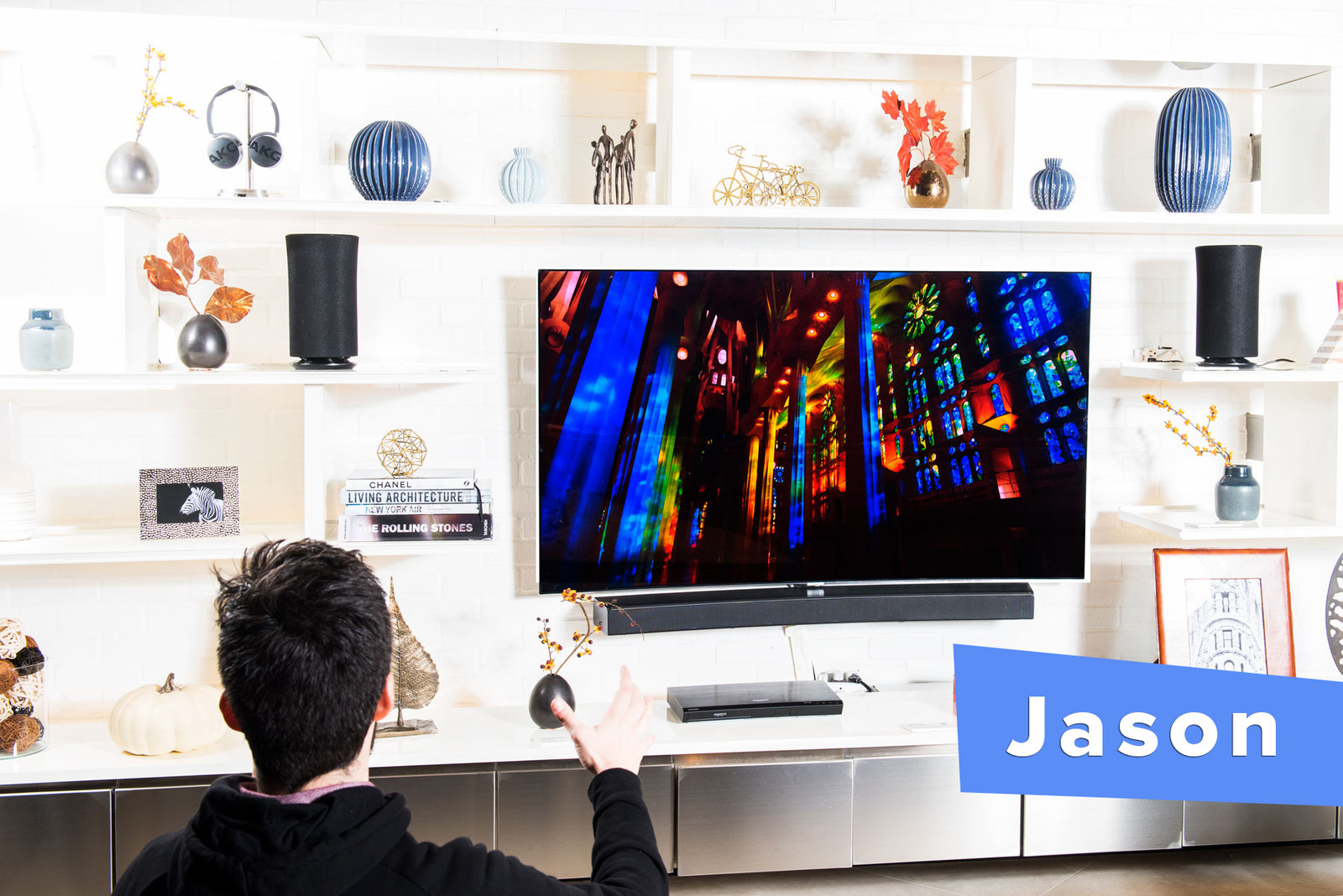
Shading is one area of Jason's life that is most affected by his red-green deficiency. He purposely mismatches socks to avoid accidentally pairing the wrong colors and has had to come up with his own systems when it comes to color. "When I have to play games that require colors, I try to look at the patterns more than the colors," he said.
"The reds are definitely more vibrant, and I can tell the shadings a lot better."
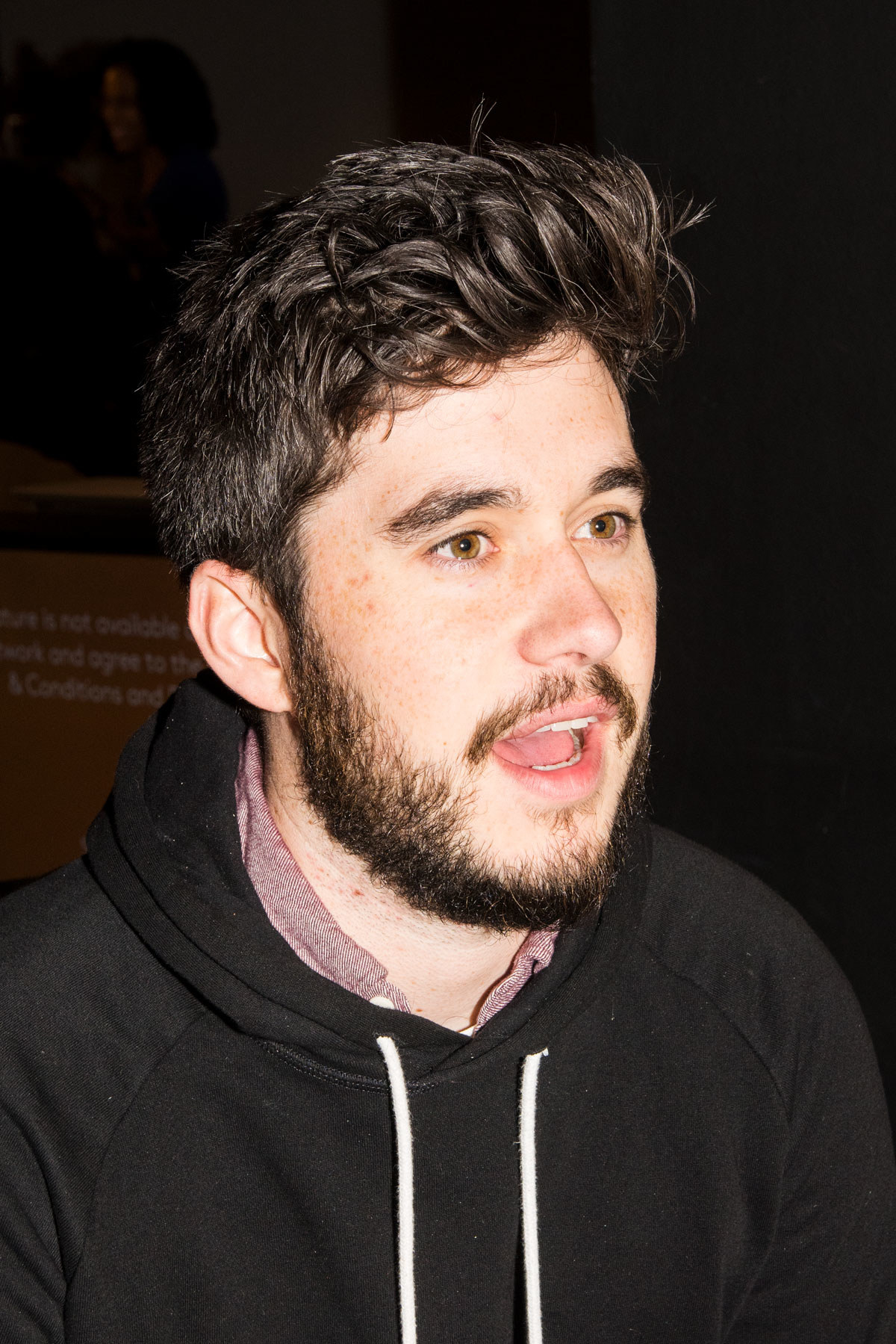
As he sat in front of the TV, his eyes widened and mouth slowly opened. "The reds are definitely more vibrant, and I can tell the shadings," he said. "It looked very desaturated before, and right now it looks a lot more orange and vibrant." He laughed and shook his head in amazement. "I think this app is really working. It feels really cool. It's a much more intense color experience." The shading was the biggest standout for him, allowing him to see nuances in the different types of greens, oranges, and blues that would otherwise look dull and gray to him.
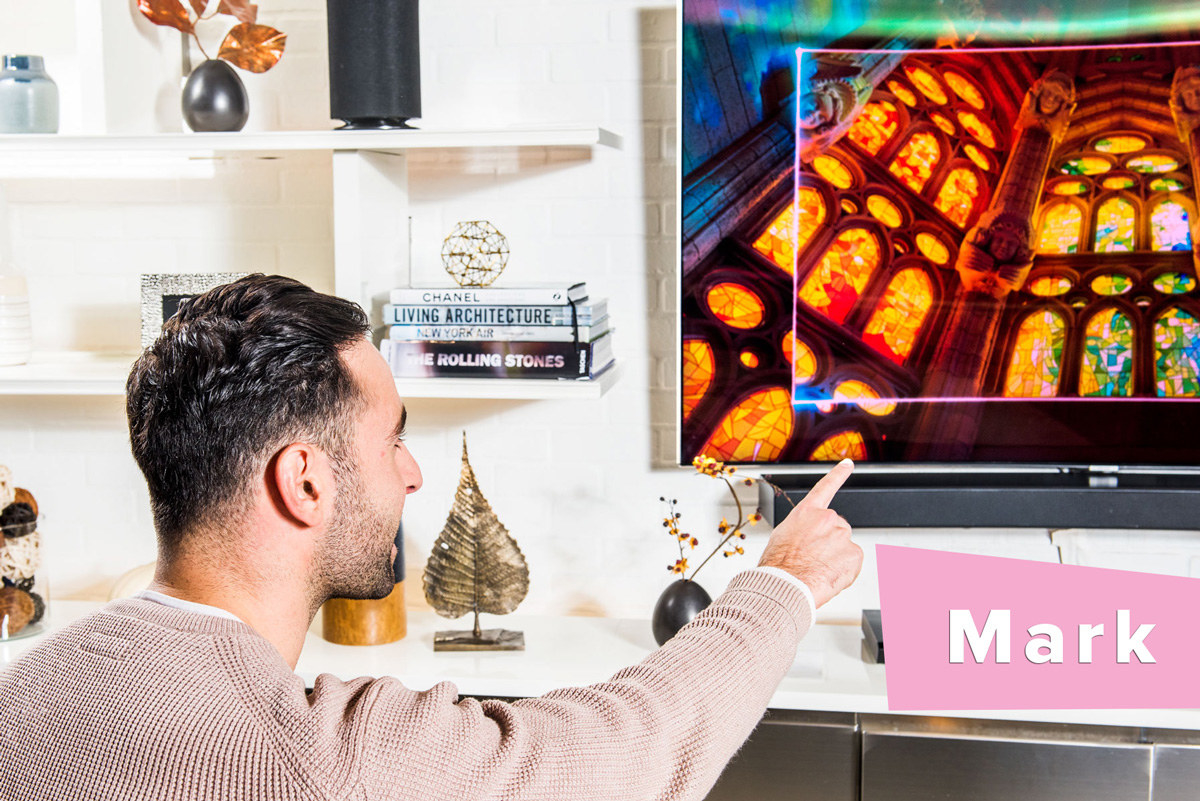
Mark loves watching sports on TV, but last year as he was watching a game, he had a bit of an issue: He couldn't tell the jerseys apart. "One team was wearing red and another was wearing green, and I couldn’t distinguish between the players, so it just looked like a chaotic mess of football players running around the field." Mark is known for being well-dressed, but he admitted to us that he puts full trust in his wife to help him coordinate his looks in the morning. Mark works closely with Samsung as part of his job but admits he had never actually experienced this version of the QLED TV in person. He had his reservations about how well it would work but was increasingly more curious as he started making adjustments to the TV.
"Oh, this is actually a lot more vibrant. It seems a lot more rich and diverse versus muted."
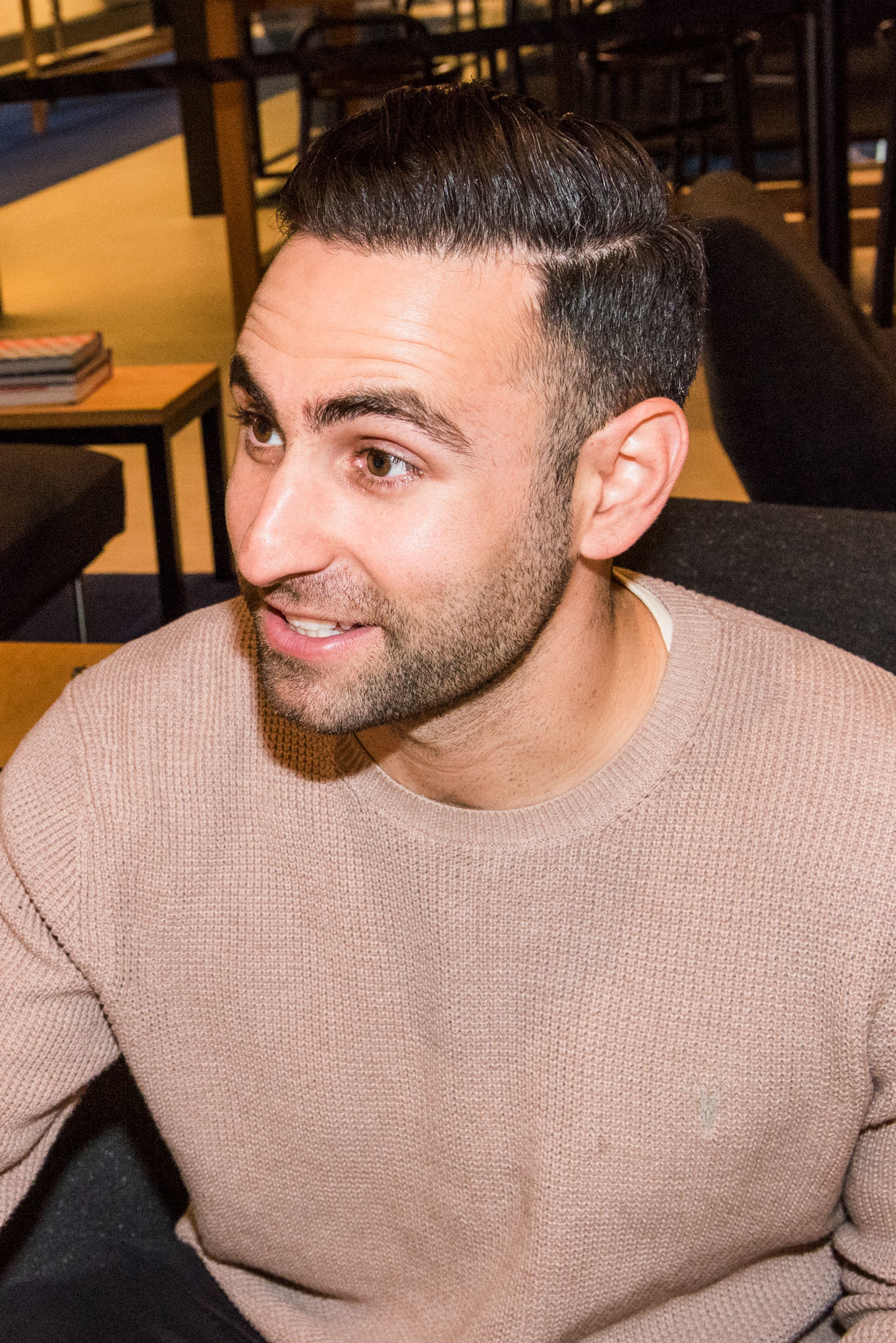
All Mark could say as he was watching was "WOW." "Wow, that’s actually…wow, that’s really cool. Oh, wow. Oh, this is actually a lot more vibrant. I’m seeing more reds in this. It seems a lot more rich and diverse versus muted." He was caught off-guard by how rich the colors were, describing it as "color heaven compared to the original picture." He told us that he normally has difficulty distinguishing between warm and cool tones but was able to clearly see the difference on the QLED. "That seems new and different for me. I didn’t even know that TVs had this sort of functionality or capability."
All three participants were blown away by the intensity of the colors and how easy it was to see them on the Samsung QLED TV. As Mark put it, "It’s really cool that technology has advanced so much that it is so simple to see colors that I would have never been able to see otherwise."
Photographs by Lauren Zaser / © BuzzFeed
If you are looking for something new, try Samsung 4K QLED with adjustable color settings. Download the SeeColors app today and experience all the Samsung QLED TV offers for yourself.
FYI, the SeeColors app is in no way a medical diagnosis for color deficiencies. It’s an app that makes it possible for people with color deficiencies to see a full spectrum of colors on Samsung QLED TV screens.

